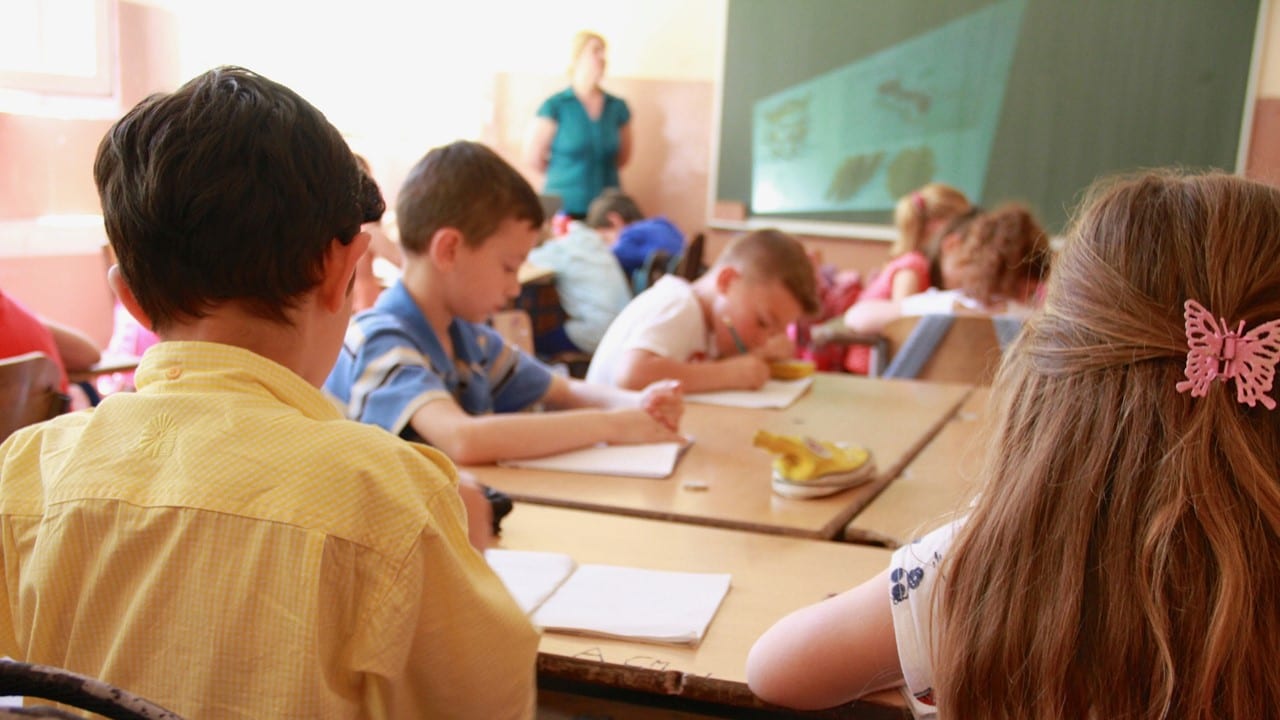Student Contributor: S. Smith
 This strategy is helpful because it allows the student to take part in the decision making. The teacher gives the student two options to redirect their behavior, increase self-control, and increase responsibility.
This strategy is helpful because it allows the student to take part in the decision making. The teacher gives the student two options to redirect their behavior, increase self-control, and increase responsibility.
Choice to Redirect is a strategy that redirects an off-task student. There are a couple of ways this can be done. The first way would be to say something along the lines of “You can work on your math or you can be reading” rather than scolding the child for talking. It is also important that punishments are not included in the choice such as “You can stop messing around or you can go to the office” because it could make them upset and escalate the situation. The second version is when a child is unintentionally spacing off. Rather than bringing them back to the lesson by calling their name and asking them to answer a question they clearly missed, get their attention and then ask the question. This reduces the odds of making the student feel insecure and embarrassed.
 This strategy would be filed under the Corrective Phase because it is correcting anti-social behaviors that are being expressed by a student. Such behaviors can include: goofing around, not paying attention, and disrupting the class. It would also be seen more as a student-directed or as a collaborative tactic because the student is given the option to redirect provided by the teacher. The two work together to get the student back on the task of learning and giving their peers the opportunity to learn as well. Since the student has a hand in their redirection, they may be more willing to cooperate.
This strategy would be filed under the Corrective Phase because it is correcting anti-social behaviors that are being expressed by a student. Such behaviors can include: goofing around, not paying attention, and disrupting the class. It would also be seen more as a student-directed or as a collaborative tactic because the student is given the option to redirect provided by the teacher. The two work together to get the student back on the task of learning and giving their peers the opportunity to learn as well. Since the student has a hand in their redirection, they may be more willing to cooperate.
More Information –
Tool Source: Vitto's article "Creating and Implementing Effective Consequences" and class discussion.



Grade Level: Kindergarten
Number of students: 19
Demographics: Suburban
Using the choice to redirect has helped solve many problems in the classroom with my mentor classroom. We have tried this on multiple students and usually, the student will decide on one of the two solutions we offer. For example, a student didn’t want to draw a picture of their favorite thing to do at recess. I asked the student “Do you want to draw with a pencil or your favorite color of crayon?” The student immediately smiled and got out their blue crayon and started drawing. It doesn’t always go that smoothly but it’s a great first step. The student felt that they were in control of their learning and behavior and got to choose for themselves. It didn’t take away from other students who were learning since it was discrete and only took about five seconds. It’s a great corrective strategy to get the student back on task.
Grade Level: 2nd Grade
Number of Students: 18
Demographics: Rural
I implemented student choice into my placement throughout this quarter. There were many times that I gave my students choices and it very quickly helped the situation. One example I can think of was when one of my students did not want to do a grammar video we do every day. She got very upset and did not want to participate. After calming her down I told her we could do the video together or she could do it by herself. She quickly chose to have me do it with her and we were able to complete the activity. This tool was pretty easy to prepare for, it did take a bit of practice to use this language, but it got a lot more natural as the quarter went on. The students did know that it was their job to make a decision from the ones I presented to them. One thing we did to take this a step further after testing this tool was provide options before students got frustrated. We told students they could choose what they worked on during work time and this went really well too.
Grade Level: 3rd & 4th Grade Blend
Number of Students: 16
Demographics: Suburban
I used this tool in a blended classroom of third and fourth grade and I was satisfied with the results I saw from both grades. This tool is a cinch to use if you know your students well enough and something that might get them more interested in staying on task. For example my students are read to from a chapter book right after recess during this time they work on their cursive booklets many of them don’t want to engage with this. So what we implemented was having small student choices on what cursive booklet they could choose from or what color of utensil they write with. I was pleased to find that students really enjoyed having even small choices when doing something they immediately may not want to do. I highly value student choice and I think this tool can really reflect that philosophy. After using this tool I had many students asking for small choices in other activities which was not a problem at all but rather kept more students engaged throughout multiple activities and lessons. I would recommend this tool to others and I think the ease of use is a really good selling point.